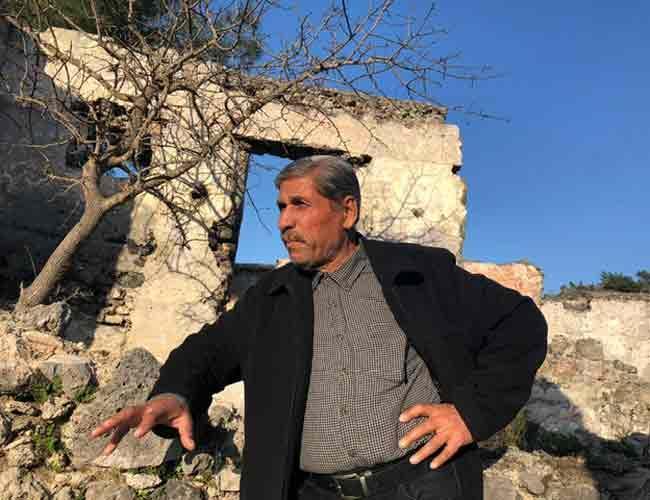
Turkish emigres from Greece often reminisce about their days in their former homeland before their exodus in a population exchange in 1923. But little is known about the Roma people among those Turks who also had to leave their homes at the end of World War One. Survivors and their grandchildren are now opening up and telling their stories.
Within the context of the Treaty of Lausanne of 1923, Turkey and Greece agreed on a major population exchange of two million people based on their religion.
As part of the agreement, over one million Greek Christians and 500,000 Muslim Turks in Anatolian and Greek lands were uprooted.
In order to register the assets of exchangees in Greece, that were to be left to the government in exchange for Ottoman gold, commissions were established and payments, along with registrations, were made with “requisition for settlement” documents.
A group within the exchangees was Roma people from the Lagkadas region of Greece’s northern city of Thessaloniki, who travelled to Turkey by sea and scattered throughout the country.
“In Thessaloniki, Roma people and Rums were living together. When my grandmother came here, she learned Turkish with time. Right now, we have a good life in [southwestern resort town] Fethiye,” Salih Kocatepe, the head of an immigrant foundation in Fethiye and a third generation exchangee, told daily Hürriyet.
Kocatepe’s grandmother, Mrs. Naile, a widow who lost her husband during the Balkan Wars, came to Turkey with her two sons and arrived in Fethiye, like other Romas.
“An estate, worth 30 Ottoman gold, a four-room house and a vault generating an annual revenue of 10 Ottoman golds were left. The copies of the documents were given to the Turkish and Greek governments. We tried to reach these documents via public institutions but failed to get a result,” he said.
Exchangees on both sides left their homes in despair and had difficulties establishing their new lives, said Kocatepe.
“My grandmother left her lands in Thessaloniki with grievances. Right now, we meet with Nea-Makrinians every year. We build friendships with them and cook food together,” he added, referring to a group of people that travelled to Greece and named their residential area after the ancient name of Fethiye, “Makri.”
Second and third generation exchangees, around 2,000 of them, continue to reside in Fethiye, especially in the “Republican” neighborhood, where their ancestors travelled to in 1923 after 540 years of settlement in Greece.
“I was born and raised in this neighborhood. My family came from Thessaloniki, they were farmers. After the war, they travelled to Turkey without even having the chance to pack their bags,” said Birsen Gültekin, a 79-year-old Roma woman.
“We had many troubles with impoverishment but in our house [modern Turkey’s founder Mustafa Kemal] Atatürk was always the main topic of conversations. Immigrants always loved him,” she added.
Doğan Macit, a second generation exchangee, whose parents travelled to a village in Fethiye, was also born and raised in Turkey and was a carriage driver.
“My parents came from Lagkadas when they were 13 years old. All of their assets were left in their hometowns but they were always glad that they came,” he said.
Under Ottoman rule, many ethnic groups from different religions lived together for almost seven centuries.
Following the Ottoman defeat of WWI, Western super powers took steps to dismember the already declined empire. But a group of Turkish nationalists, led by Atatürk, resisted the foreign powers and gained independence after a four-year-long war in 1923.
While the Treaty of Lausanne concluded the WWI, it also marked the boundaries of the Turkish Republic, along with the population displacement between Turkey and Greece.
